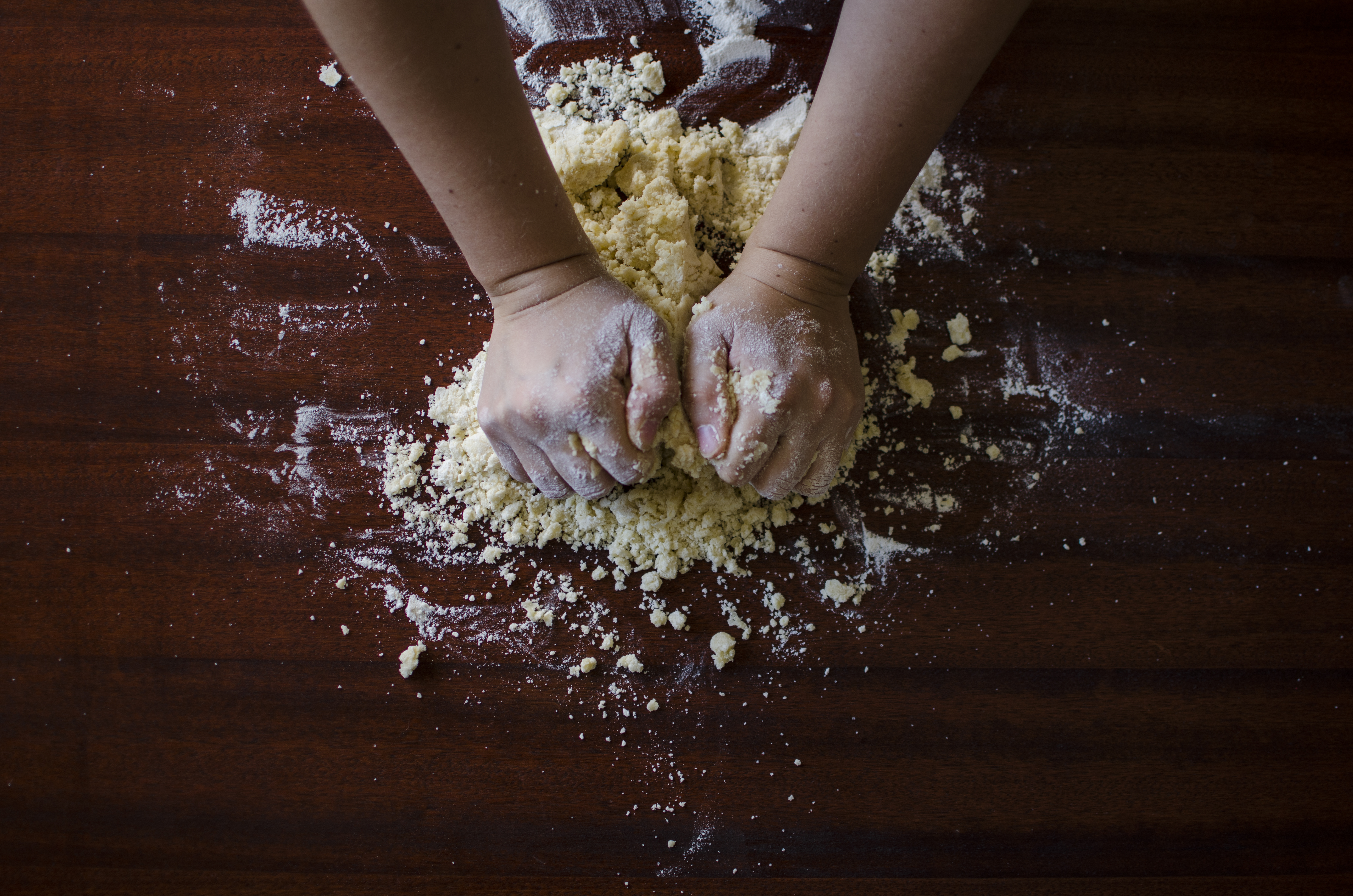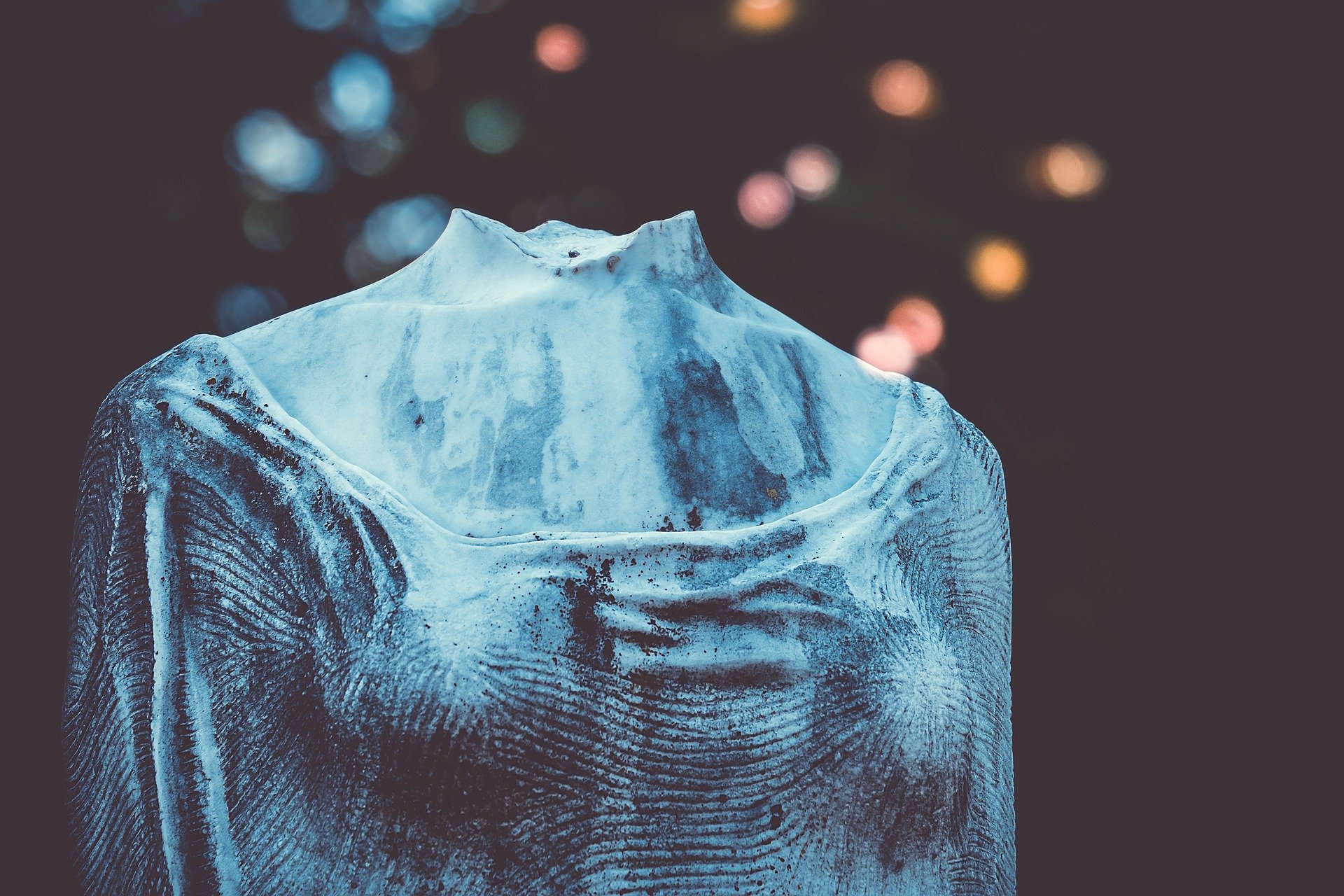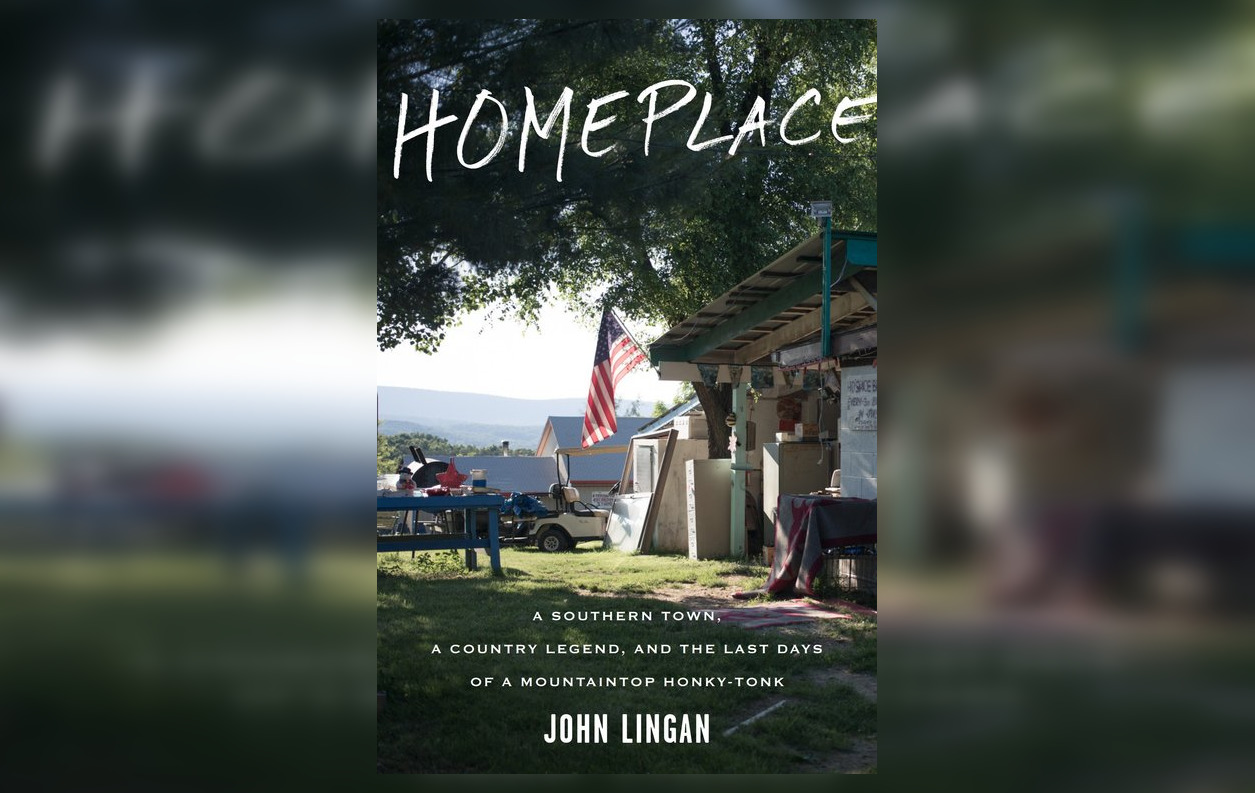Framed Photograph of Your Father
Your mother kept it by her bedside and you take it home when she dies. You’re sure she didn’t recognize him the last years of her life. Even a few years before, when she still talked to you, she told you she’d been thinking about “him.” “Who?” you asked. “Him.” She pointed to the photo, your father’s name already lost.
This is not the most handsome picture of your father. His face is fleshy, but the skin is firm, the only wrinkles the fine lines across his forehead, both horizontal and vertical; and the deep crimps around his eyes. Behind dark-rimmed glasses his eyes are almost closed with the depth of his smile. The lines under his cheeks are the same as the ones your mother had, you and your sister have now. His collar is open; there’s a hint of stubble on his chin.
He’s just there, unselfconscious as your sister sometimes is in photos and your mother and you never are. He really is smiling, laughing maybe, in that moment genuinely enjoying whatever is there, as in another moment he might have been angry or so sunk in thought that the world vanished.
Eight years after he dies you are in the bathtub. You hear a trumpet play six notes and feel him right there with you.
Black and White Photograph of Your Mother
It’s three-and-a-half by five; you know because you just bought the frame. Taken in England, you think. She looks young—thirties? Forties?—and at first you think her hair is pulled back but then see it’s short. Why does the baby fine hair you have in common look so full? Her forehead is much higher than yours. She’s in three-quarters profile, a pose that flattered you at that age too. Her jaw-line is strong, her large nose not noticeable. A man in dark pants and white shirt walks toward her down the tree-lined avenue, the trees in metal cages that repeat the spikes of an old iron railing behind her. She wears a cardigan, a dark top under it, the handles of her purse looped casually over her arm. She sits on the edge of a brick-walled flowerbed, the old houses behind her covered in ivy. How you want to enter there.
Enlarged Passport Photo of Sue Stern
It’s been twenty years since she killed herself. The photo’s so gray she looks like a ghost. Also alive—earnest, direct, younger than when I knew her. Her almond eyes gray, not their true amber. The black line in the center of her lips is not curved up but I know she is smiling. There is a shadow under her chin. Her cheeks are round, her wavy hair strangely asymmetrical. She is wearing one of her English sweaters, thick and hairy with a high round neck, and an elaborate, incongruous, Sue-like brooch with charms and coins hanging from it.
Is this photo so touching because she is young? Because she looks straight out at me? I always want to talk to her. To say she should be here. In some ways I never made my peace with her death; I just stopped thinking about her because I didn’t understand why she had to go.
Hanukkah Photograph
You always do the last night with your neighbors because with their three boys, you two girls, and the four parents there are exactly nine people to light the candles. The youngest goes first, then the next youngest, and so on, the parents, of course, last, laughing about their ages. In the photograph the children smile, awed, looking down at the burning candles, except for David, the oldest boy, gazing at the camera, and Mark, the youngest, with his hands in his pockets like a little old man wryly studying something outside of the frame.
At eighteen David, a good boy about to enter college, was killed in a car accident. The boy who drove, less promising, said he should have died instead. Paul, the second son, became a bit of a rebel and the one you were closest to, taking you to an early Rolling Stones’ concert, where you couldn’t see or hear anything because all the girls stood on their chairs and screamed. At eighteen Paul, on an acid trip, fell or jumped from a subway car. Now there was only Mark, your sister’s friend, become serious and over careful, the one unbroken glass in a set.
You haven’t seen any of them in so long that they all are equally alive in your mind. You can choose to go to different times, with three or two or one. In the attic you find Paul’s writing in the high school magazine, many pictures of Mark with your sister when they were small, this Hanukkah photograph. The morning after David died, your father came into to your room and said that he had bad news. You thought one of your cats had died; it hadn’t occurred to you that people do. Now you make a connection: when you were twelve you became frightened of death, worrying every night about what it would be like not to exist. You never thought of David’s death as the cause. Now there are many dead, and they don’t seem that far away.
—
Judith Serin teaches literature at California College of the Arts and her collection of poetry, HIDING IN THE WORLD, was published by Diane di Prima’s Eidolon Editions. Her work has been published in over 50 magazines, journals, and anthologies, including Bachy, The Ohio Journal, Writer’s Forum, Nebraska Review, Colorado State Review, and Barnabe Mountain Review. Most recently my memoir prose poems were published in the anthologies Proposing on the Brooklyn Bridge (Grayson Books), When Last on the Mountain, (Holy Cow! Press), and Impact (Telling Our Stories Press).




